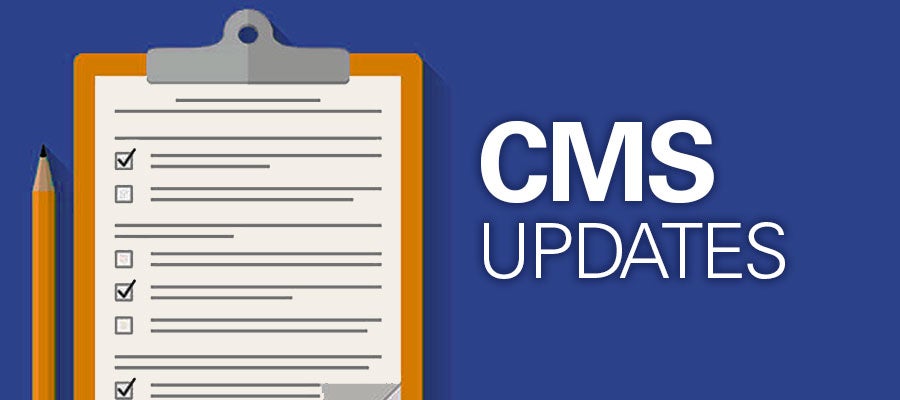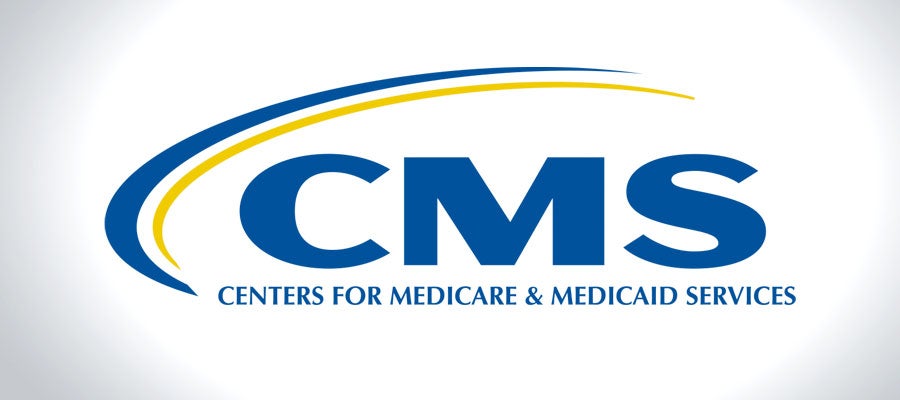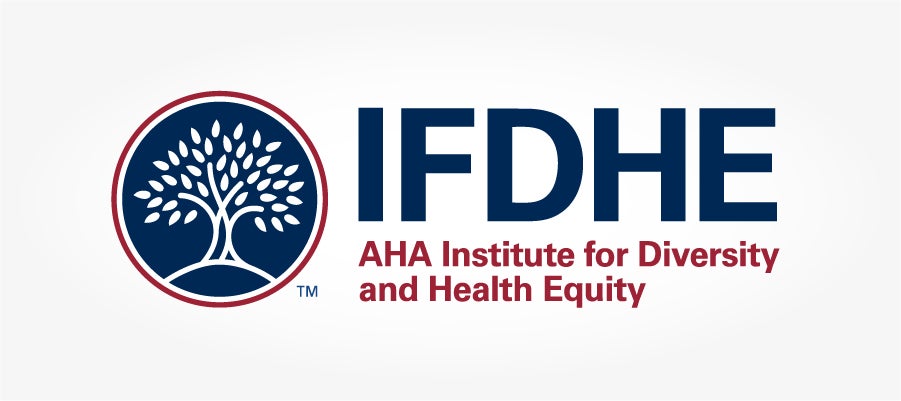
News







Latest
An estimated 9.5% of U.S. residents, or 30.7 million people, lacked health insurance when surveyed in the first six months of 2019, according to preliminary estimates from the National Health Interview Survey released by the Centers for Disease Control and Prevention.
The Food and Drug Administration took steps to encourage and streamline the development of COVID-19 tests whose specimens are collected at home by patients.
In a letter to the editor, AHA President and CEO Rick Pollack responded to a New York Times article titled “Wealthiest Hospitals Got Billions in Bailout for Struggling Health Providers.”
The AHA is running ads in the Politico Pulse newsletter highlighting the unprecedented ways hospitals and health systems have stepped up to meet the challenges caused by COVID-19 while sustaining $50 billion in losses a month.
Regular surveys and reviews by The Joint Commission will resume this month, the commission announced.
The Centers for Disease Control and Prevention issued a laboratory alert concerning the production of cyanide gas when molecular transport media is exposed to bleach.
The Department of Health and Human Services announced a $628 million agreement with Emergent BioSolutions to advance manufacturing capabilities and capacity for a potential COVID-19 vaccine and therapeutics as part of Operation Warp Speed.
The American Society for Health Care Engineering is supporting the ongoing efforts of hospital and health systems to fight COVID-19 in their communities by convening its 2020 Annual Conference & Technical Exhibition with a virtual participation option.
The U.S. Court of Appeals for the 5th Circuit affirmed a district court decision dismissing a False Claims Act lawsuit brought by data analysis company Integra Med Analytics against Dallas-based Baylor Scott & White Health for allegedly using inflated codes to bill Medicare.
The Health Resources and Services Administration awarded $15 million in Coronavirus Aid, Relief and Economic Security Act funds to 52 tribal health services providers based on need and capacity to respond to COVID-19 in rural tribal communities.
The COVID-19 pandemic has changed a lot across the health care landscape, including how care teams communicate, interact and collaborate with others.
The Department of Health and Human Services’ Office of the Assistant Secretary for Preparedness and Response released resources focused on establishing, funding and operationalizing medical operations coordination cells and alternative care sites.
The Federal Emergency Management Agency this month issued COVID-19 pandemic operational guidance for the forthcoming hurricane season.
The Food and Drug Administration May 27 authorized the emergency use of the Stryker Sustainability Solutions VHP N95 Respirator Decontamination System during the COVID-19 pandemic.
A new Centers for Disease Control and Prevention study released shows community transmission of COVID-19 in the U.S. was occurring in February of this year.
For three weeks, beginning May 4 and ending May 24, the Department of Health and Human Services said it delivered to states, territories and government agencies more than 12,000 cases of 40 vials each of remdesivir to help treat COVID-19 infections.
AHA voiced support for legislation that would provide an additional $2 billion for hospitals and other health care providers to expand broadband and telehealth services during the COVID-19 crisis through the Federal Communication Commission Rural Health Care Program.
by Rick Pollack
The Census Bureau recently reported that “a third of Americans now show signs of clinical anxiety or depression” due to the COVID-19 pandemic. It’s also been reported that Americans are increasingly at risk for “deaths of despair” from substance misuse and suicide, forecasting that the mental health crisis could approach levels of loss similar to COVID-19.
On this Advancing Health podcast, Robyn Begley, AHA senior vice president and chief nursing officer, along with Parkview Health leaders Charles Clark, president of behavioral health, and Paula Bostwick, vice president of behavioral health hospital services, discuss how the health system’s efforts to engage its clinical staff and increase training contributed to a decrease in reported workplace violence and improved safety for patients.
The AHA responded to a Centers for Medicare & Medicaid Services request for information by offering solutions for improving maternal and child health in rural communities.

